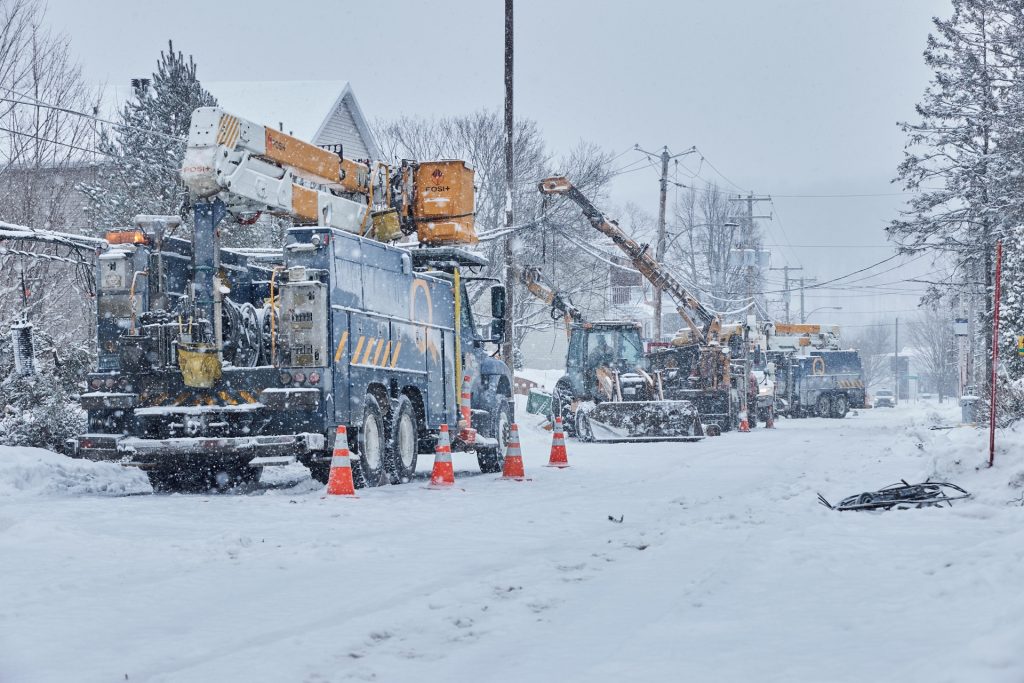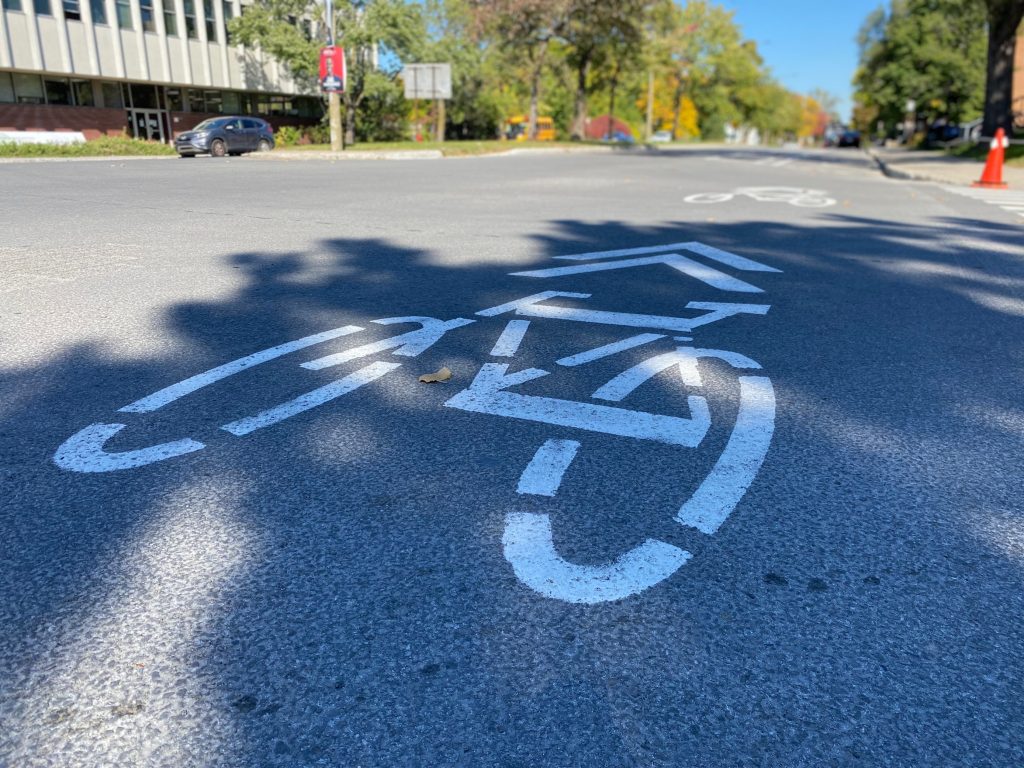Hydro-Québec planning to reduce number of power outages in 2024

Posted February 27, 2024 5:49 pm.
At a time when climate change is putting its power grid to the test, Hydro-Québec has set itself the goal of reducing the number of power failures by 35 per cent over the next seven to 10 years. The company is aiming for a reduction this year.
Hydro-Québec is aiming for a one per cent drop by 2024. “It doesn’t sound like much, but if you look at the last few years, the slope has been growing significantly,” explained Claudine Bouchard, head of operations and infrastructure, at a press conference on Tuesday.
A slight reduction in breakdowns would put an end to the trend of recent years. The number of breakdowns is on the rise, while episodes of severe weather are increasing in the wake of climate change. In fact, 2023 is one of the 15 worst years for the utility.
Trees grow faster because they grow longer per season,” explains Bouchard in an interview on the sidelines of the press conference. Summer seasons last longer, so they grow faster. So, if they grow faster, we have to cut them, trim them a little more often.”
Hydro-Québec had already announced, in November, that it planned to invest between $45 billion and $50 billion between now and 2035 to improve the reliability of its network, as part of its Action Plan 2035.
This represents annual expenditure of between $4 billion and $5 billion, almost double the amounts spent in recent years.
The action plan also includes the objective of investing nearly $100 billion to increase network capacity, again by 2035.
In the short term, Hydro-Québec has enough employees to increase system reliability, says Bouchard. “At this point, it may not be as much about manpower as it is about being in the right place at the right time with the right solution.”
She points out that the Crown corporation has increased its workforce by almost 650 over the past two years. “If we look at operations, that represents between a seven per cent and eight per cent increase.”
The other part of the action plan will require many more new workers. Nearly 35,000 construction workers a year will be needed to increase Hydro-Québec’s generating capacity.
Work scheduled for 2024
On Tuesday, the utility provided an update on the actions it will be taking in 2024 to improve the reliability of its network.
Hydro-Québec plans to replace 28,000 wooden poles. It also plans to install 500 composite poles, which are more resistant than wooden poles, in certain strategic locations.
In 2024, Hydro-Québec will spend $130 million pruning and cutting down trees that could pose a risk to the network. In all, 75,000 trees are to be felled. The aim is to clear the equivalent of 22,000 km of lines.
In the medium term, Hydro-Québec aims to reduce the number of vegetation-related outages by 30 per cent by 2028.
Batteries for the home
Hydro-Québec is also preparing the launch “towards spring, in the next few months” of a commercial battery installation offer. A pilot project has been carried out in some twenty homes on Montreal’s West Island.
“Our commercial program will focus on two things,” explains Bouchard. Firstly, customer resilience, so customers who are more vulnerable to breakdowns.
“Secondly, it will also be for peak demand,” she continued. When it’s very cold, we ask customers to reduce their consumption during peak periods. So, at that point, batteries can also be an interesting tool for managing peak demand.”
Hydro-Québec has yet to establish all the terms and conditions of the program. “That’s what we’re in the process of determining. How will the customer buy it? Do we give them a rebate? Is it the manufacturer?
“So, that’s all that we have to tie up with several stakeholders: the hardware stores, the battery manufacturers, we want to make sure that these are products that are reliable too,” she adds.
-This report by La Presse Canadienne was translated by CityNews



